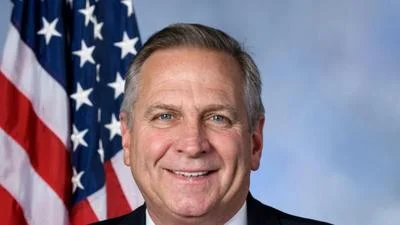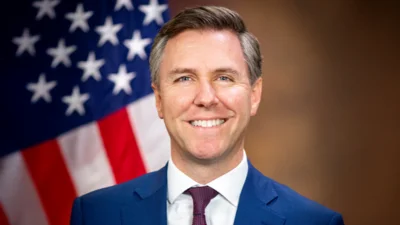Three Tribal Nations in the Great Plains are partnering with the U.S. Department of Agriculture (USDA) to help conserve, maintain and improve grassland productivity, reduce soil erosion, and enhance wildlife habitat through the Conservation Reserve Enhancement Program (CREP). The Cheyenne River, Oglala and Rosebud Sioux Tribes are entering into CREP agreements with USDA’s Farm Service Agency (FSA) to enroll eligible grassland, pastureland, and other agricultural lands within the boundaries of their reservations in this conservation program.
These are the first-ever CREP agreements in partnership with Tribal Nations— reflecting priorities and goals of USDA to broaden the scope and reach of its voluntary, incentive-based conservation programs to engage underserved communities. Scott Marlow, FSA’s Deputy Administrator for Farm Programs, met with Tribal leaders at the Western Dakota Technical College in Rapid City to highlight the CREP agreements and to discuss the benefits of conservation. Attendees included Tribal chairmen from the Cheyenne River, Oglala, and Rosebud tribes and representatives from the Intertribal Agriculture Council.
“This is a historic milestone for USDA and will substantially bolster our efforts to deploy climate-smart agriculture and conservation in the Great Plains,” Marlow said. “It is vital that programs like CREP are not just available but also accessible to all agricultural communities. These agreements underscore not only our strong commitment to equity, but also the vital contribution Native communities make to our country’s agriculture and conservation efforts.”
CREP is a part of the Conservation Reserve Program (CRP), the country’s largest private-land conservation program. CREP leverages federal and non-federal funds to target specific Tribal land, State, regional or nationally significant conservation concerns.
Each CREP agreement authorizes enrollment of:
- Up to 1.5 million acres by the Cheyenne River Sioux Tribe;
- Up to 1 million acres by the Oglala Sioux Tribe; and
- Up to 600,000 acres by the Rosebud Sioux Tribe.
How to Participate
Through these Tribal CREPs, farmers, ranchers, and agricultural producers voluntarily enter into contracts with the federal government for 10-to-15-years, agreeing to maintain an existing vegetative cover of permanent grasses and legumes (Conservation Practice 88), while retaining the right to conduct common grazing practices and operations related to the production of forage and seeding. In return, FSA provides participants with rental payments and cost-share assistance for establishing permanent fencing and livestock watering facilities needed to support livestock grazing.
Only Tribal land, either land owned by the Tribe or owned by a member of the Tribe, are eligible for these projects. FSA will open enrollment in the coming weeks. To learn more and determine eligibility, farmers, ranchers, and producers should contact FSA at their local USDA Service Center.
More Information
Currently, CREP has 36 projects in 27 states with more than 860,000 acres enrolled nationally. Last December, USDA announced improvements to the program as well as additional staffing.
USDA touches the lives of all Americans each day in so many positive ways. Under the Biden-Harris administration, USDA is transforming America’s food system with a greater focus on more resilient local and regional food production, fairer markets for all producers, ensuring access to safe, healthy and nutritious food in all communities, building new markets and streams of income for farmers and producers using climate smart food and forestry practices, making historic investments in infrastructure and clean energy capabilities in rural America, and committing to equity across the Department by removing systemic barriers and building a workforce more representative of America. To learn more, visit usda.gov.
USDA is an equal opportunity provider, employer and lender.
Original source can be found here.






